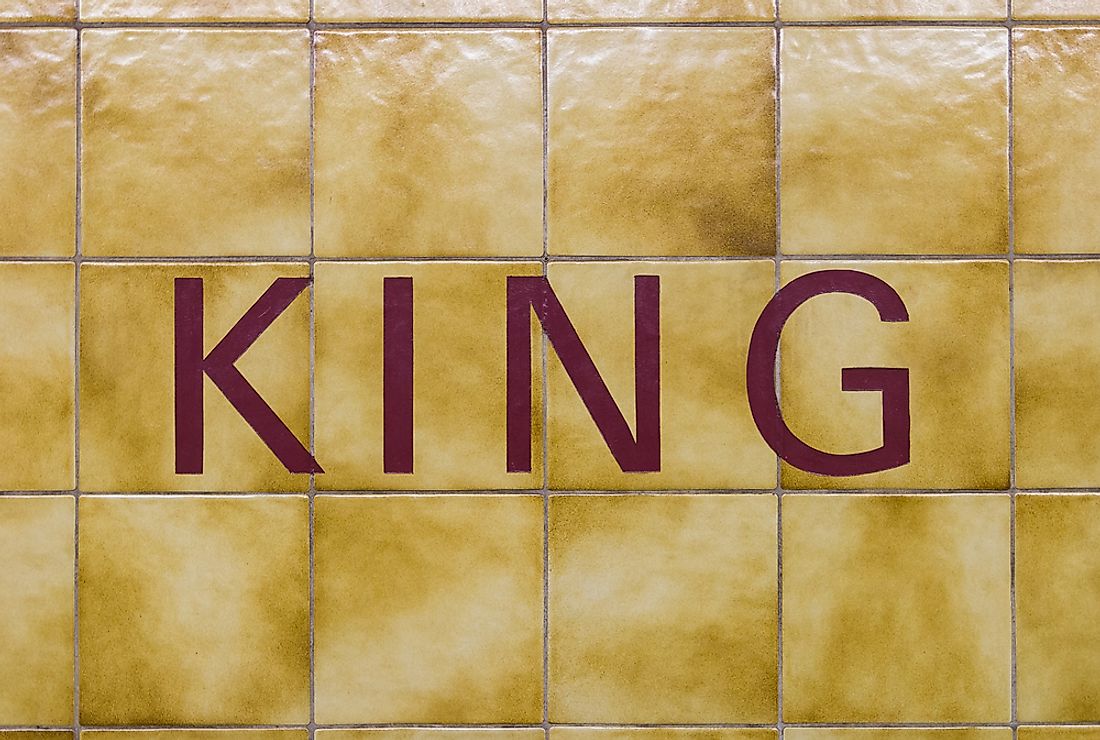The Busiest Subway Stations in Toronto

Toronto is the most populous city in Canada and the provincial capital of the province of Ontario. It has a population density of 10,747 residents per square mile. A recent trend of population growth has necessitated the construction of an efficient transport system. One of the most important transport channels is the Toronto subway which is a system of underground and elevated railway lines. In this article, we will discuss the busiest subway station in the city and the reasons behind their high ridership totals.
The Busiest Subway Stations In Toronto
Bloor –Yonge
Bloor–Yonge station is the busiest in the system, with an average daily ridership of 731,880. It was opened in 1954, with modifications and extensions completed between 1963 and 1996. Charles Dolphin designed the line as an underground system. The high ridership in this subway station is attributed to the fact that it connects two busy lines, line 1 Yonge-University and line 2 Bloor-Danforth. It is located downtown Toronto at the intersection of Yonge Street and Bloor Street, a fact that contributes to its popularity.
St George
The St. George subway station was first opened in 1963. It was incorporated as a transfer station with the opening of the Bloor-Danforth line in 1966. It has an average daily ridership of 276,260 passengers. The station serves both the Yonge University line and Bloor-Danforth line. The station has been accessible by elevator since 1999. The most notable landmarks in the vicinity include the ROM (Royal Ontario Museum), Bata Shoe Museum, the University of Toronto, and the Royal Conservatory of Music.
Union
Union Subway Station is a rapid transit underground station located on Front street between University Avenue and Yonge Street. It was opened in 1954 but has recently been undergoing renovations. It serves an average of 100,000 people on average daily connecting regional rail provider GO Transit, national rail carrier Via Rail and regional transit buses. Some notable nearby landmarks include the CN Tower and Air Canada Centre which serves as a home to the local hockey and basketball team, as well as a popular venue for large concert productions.
Sheppard-Yonge
The Sheppard-Yonge station is an underground station located at 20 Sheppard Avenue, in the inner suburb of North York. It was opened in 1974 when the Yonge-University subway was extended until Finch. There are two entrances to the station: one besides the Sheppard Centre and the other via a private elevator from the Nestle Canada building.
Kennedy
Kennedy is both a terminal and interchange station of the Toronto subway system. The station contains an underground line (the Bloor-Danforth) and an elevated one (the Scarborough Rapid Transit system). It is located east of Kennedy Road and consists of four levels. It connects the arteries of Kingston, Cliffside, Danforth and Eglinton East among others. It has a total average ridership of 107,330 with the underground connecting line 2 receiving the bulk of the passengers (71,440).
Reason For High Ridership
Ever since its establishment in 1954, the system has witnessed an increase in ridership due to increase in population and spread of urbanization in Toronto. The rail system is a preferred alternative to the congestion found on city streets.
The Busiest Subway Stations in Toronto
| Rank | Station Name | Ridership (2014 Daily Average) |
|---|---|---|
| 1 | Bloor - Yonge | 409,220 |
| 2 | St. George | 276,260 |
| 3 | Union | 125,220 |
| 4 | Sheppard - Yonge | 121,410 |
| 5 | Kennedy | 107,330 |
| 6 | Finch | 90,910 |
| 7 | Eglinton | 77,530 |
| 8 | Dundas | 75,780 |
| 9 | King | 61,360 |
| 10 | Kipling | 58,100 |
| 11 | St. Andrew | 55,700 |
| 12 | Spadina | 53,230 |
| 13 | Queen | 52,300 |
| 14 | College | 47,940 |
| 15 | Islington | 42,630 |
| 16 | Downsview | 39,900 |
| 17 | Queen's Park | 39,660 |
| 18 | Bathurst | 35,510 |
| 19 | Broadview | 34,880 |
| 20 | St. Clair | 34,760 |











